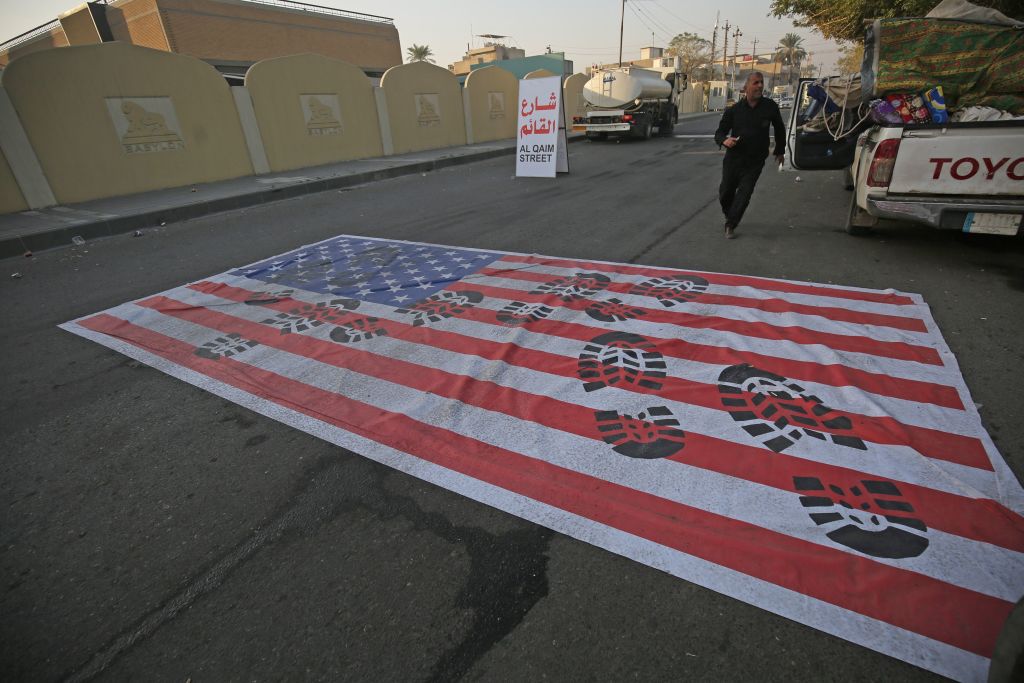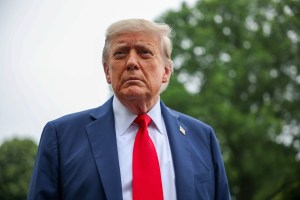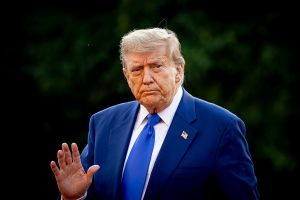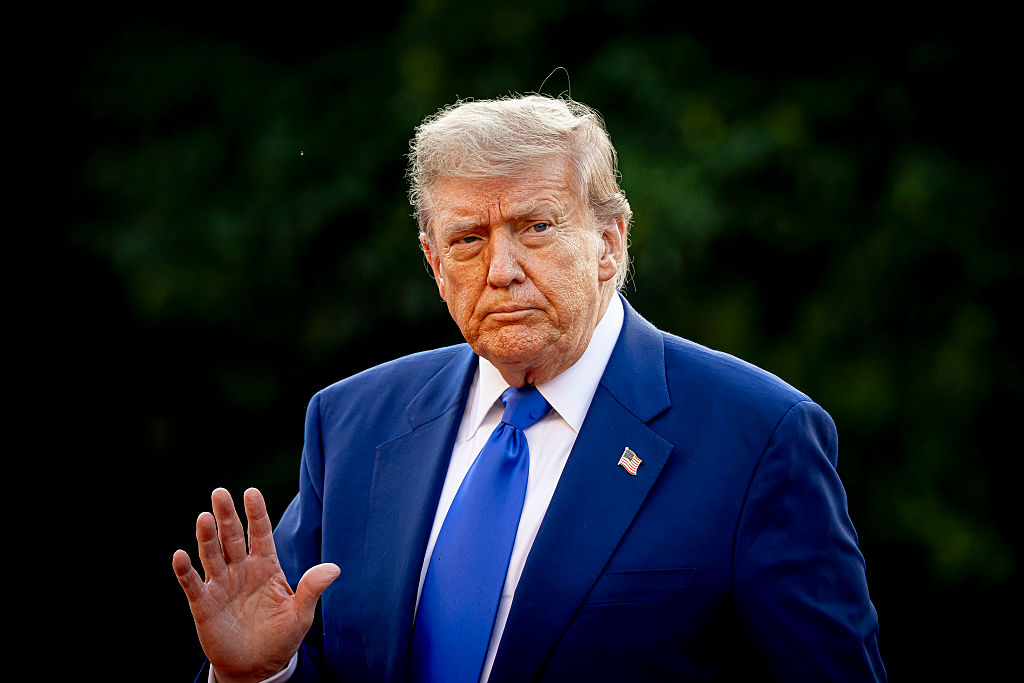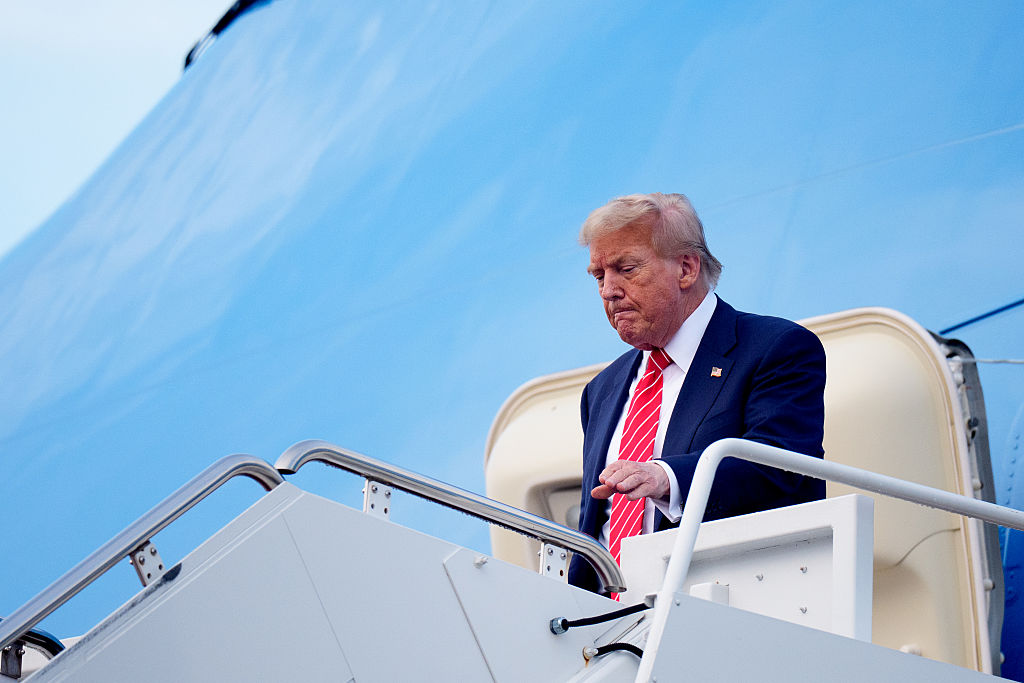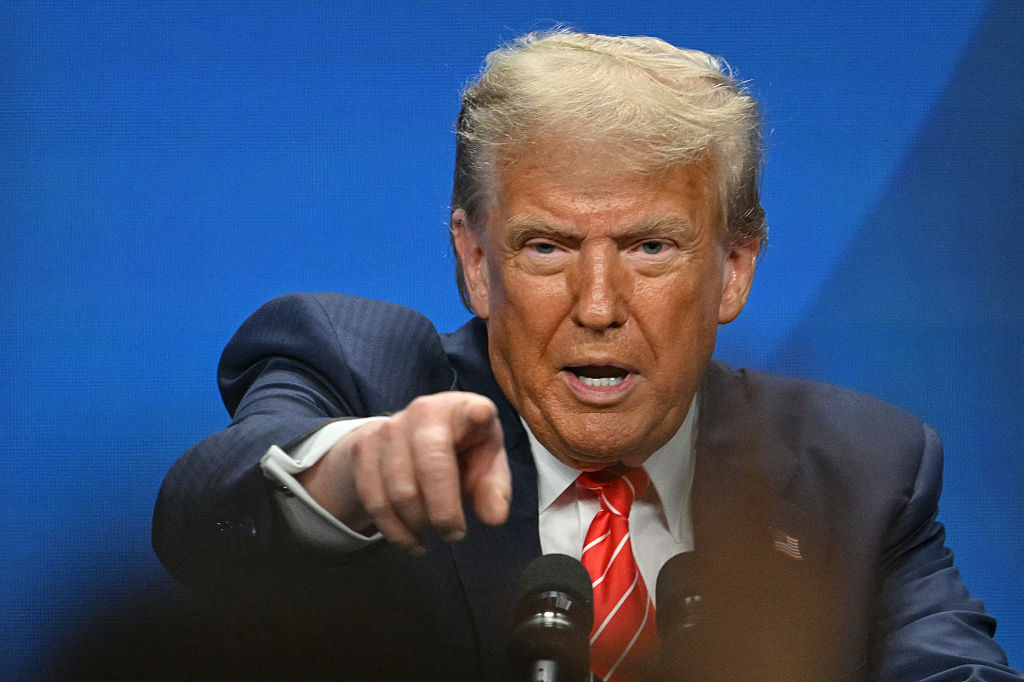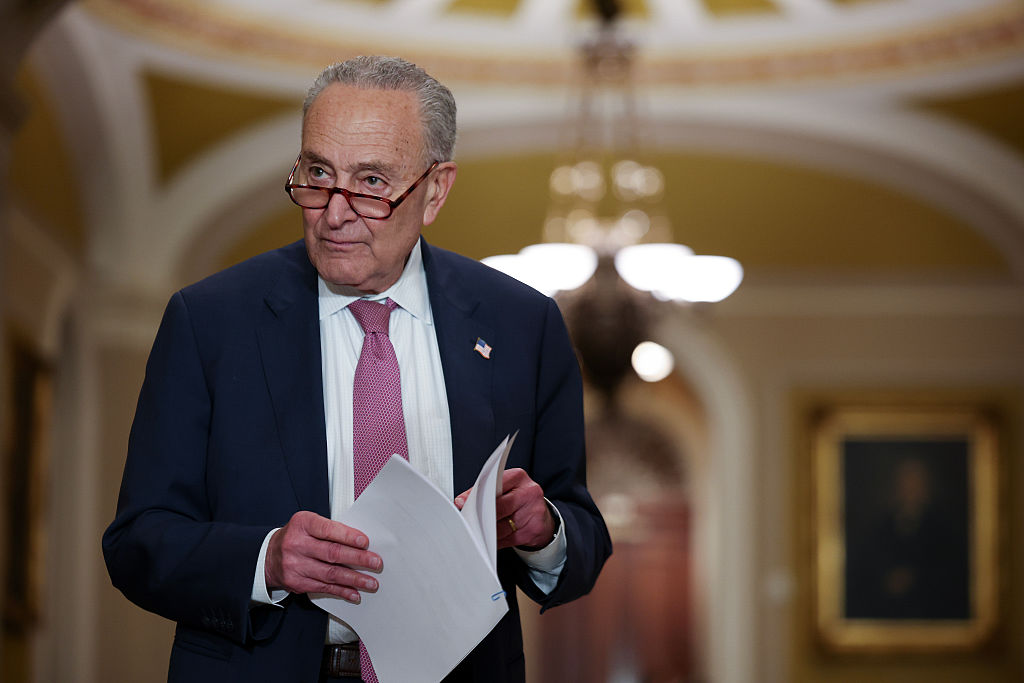To be fair to President Donald Trump, he has not rushed to confrontation with Iran. Last June, he stopped airstrikes from going ahead — the US military ‘cocked and loaded’ as he put it — after a US surveillance drone was shot down and after Iranian actions threatened international shipping in the Strait of Hormuz. He did not — to the grave disappointment of the Saudis — order retaliatory strikes when Tehran orchestrated an attack on Saudi oil facilities by the Shia militia in Yemen in September. Publicly, the Iranians denied responsibility, but I was in the room with a Middle Eastern contact when he made a video call to a senior official in the Revolutionary Guard. We interrupted this official at dinner in an opulent Tehran restaurant, all marble and fountains. ‘Yes,’ he chuckled as my contact asked him about the refinery attack, ‘that was us. Did you like it?’ That time, at least getting the language right, Trump said the US military was ‘locked and loaded’ but, again, he told his generals to wait.
Whether ‘locked’ or ‘cocked’, there are only so many times you can issue a threat without following through. Now Trump has. Qasem Soleimani will be seen as the right address for the MQ-9 Reaper drones Hellfire missiles fired last night. As commander of the Quds Force, he was in charge of the Iranian Revolutionary Guard’s foreign and clandestine operations. A former CIA officer called him ‘the single most powerful operative in the Middle East today’— an assessment no doubt shared by the whole US military and intelligence apparatus. Soleimani ran Tehran’s war in Syria and — more than any other single actor — is responsible for Bashar al-Assad’s survival in power. In Iraq, he was not just — ultimately — responsible for an attack on the US embassy in Baghdad, or the rocket that killed a US military contractor in Iraq (which led to US airstrikes, which led to the embassy attack, which led…and so on). Over many years in Iraq, hundreds of American soldiers were killed by roadside bombs planted by Shiite militias that were armed, trained, funded and directed by Iran in the person of Soleimani. His death will be wildly popular among the rank and file of the US military. But what this means for US policy and the continued US presence in Iraq is another matter.
Iraq is a Shia majority country. I was in Baghdad in 2008 when the Iranian president at the time, Mahmoud Ahmadinejad, visited. Cheering crowds lined the route from the airport into town, waving green flags. For the US, this made an uncomfortable but revealing contrast with the visit of President George W. Bush the week before. He had made a secret flight into the US base at the airport, spent some time glad-handing with the troops, and then left, his visit announced only after Air Force One had cleared Iraqi airspace. Despite the 150,000 American troops on the ground and the trillion-dollar cost of the war, an American president was not safe on the streets of Baghdad but an Iranian leader could come and go as he pleased. This was entirely Bush’s fault, having invaded Iraq in ignorance of the fact that there were such people as Shias and Sunnis — he just thought they were simply all Muslims — and not anticipating the obvious outcome of the war that it would create a new ally for Tehran.
This is the reality that President Trump inherited and he is not to blame for all the contradictions and incoherence of America’s policy in Iraq. But the Iraqi government may now have to choose between America and Iran. It has lived with both an impossible 17 years since the US invasion in 2003 and the strain of facing both ways now seems more impossible than ever. Only yesterday, the Iraqi government was fighting Isis with the American air force overhead and Shiite militias on the ground; perhaps the US could now enlist Isis to fight the Shiite militias. The US is too powerful to be chased out of Iraq (let’s assume) but its troops, military contractors and diplomats will now exist there in a state of siege.
In 2011, Soleimani was accused of plotting to murder the Saudi ambassador in Washington DC. The plot supposedly involved getting members of a Mexican cartel to blow up the ambassador while he dined in one of the capital’s fine restaurants. This prompted some public discussion in the US of whether Soleimani himself should be taken out in a ‘targeted killing,’ as such assassinations are delicately called. Following this, in Iran there was an outpouring of support for Soleimani. A social media campaign declared: ‘We are all Qasem Soleimani’.
Iran’s Supreme Leader called him a ‘living martyr of the revolution’ and therefore of the struggle against the United States. Now that he has actually tasted the ‘sweet syrup of martyrdom’, the Iranian regime — believing, perhaps correctly, that its survival is at stake — will whip up popular outrage and raise expectations they will have to meet. In Iraq, in the Strait of Hormuz, in Israel, in Lebanon, and perhaps somewhere outside the Middle East, expect retaliation. As for so many presidents before him, the question then for Trump will be how much blood the US is prepared to shed in the Middle East.
Having, presumably, given the order for the air strike at Baghdad airport that killed Soleimani, along with the leader of all the Shiite militias in Iraq, for many hours Trump’s Twitter feed was unusually restrained: just a post showing the Stars and Stripes, no crowing words alongside, or any words at all. Two days ago, when the US embassy in Baghdad was subjected to what you might call armed rioting by the Iraqi Shiite militiamen who answer to Soleimani, Trump had tweeted a furious threat at the Iranians: ‘They will pay a very BIG PRICE! This is not a Warning, it is a Threat. Happy New Year!’
The Iranians will certainly see what Trump has done now as an act of war and react accordingly: Iran’s supreme leader has already vowed ‘severe revenge’. Whatever the Iranians do will invite another round of American missiles in reply, and so on until the region is in flames. This would be ironic, given that as a presidential candidate Trump campaigned on getting America out of foreign wars, especially wars in the Middle East. But a war with Iran was always a 50-50 prospect with Donald Trump, given his belligerent rhetoric against Tehran and the Iranian regime’s willingness, always, to escalate when the stakes are at their highest. Every US president gets a war to call their own — now, in all likelihood, President Trump will have one too.



